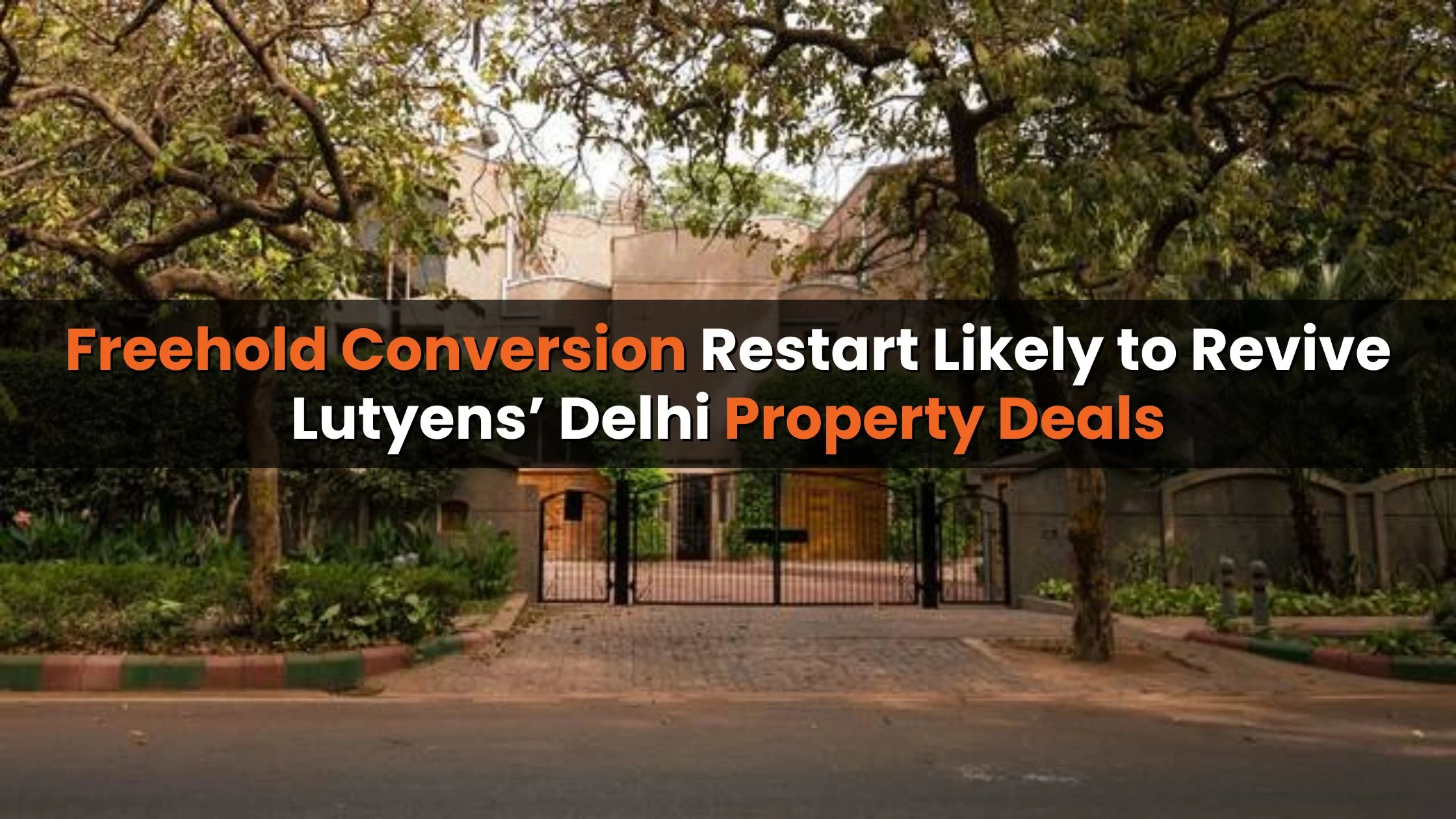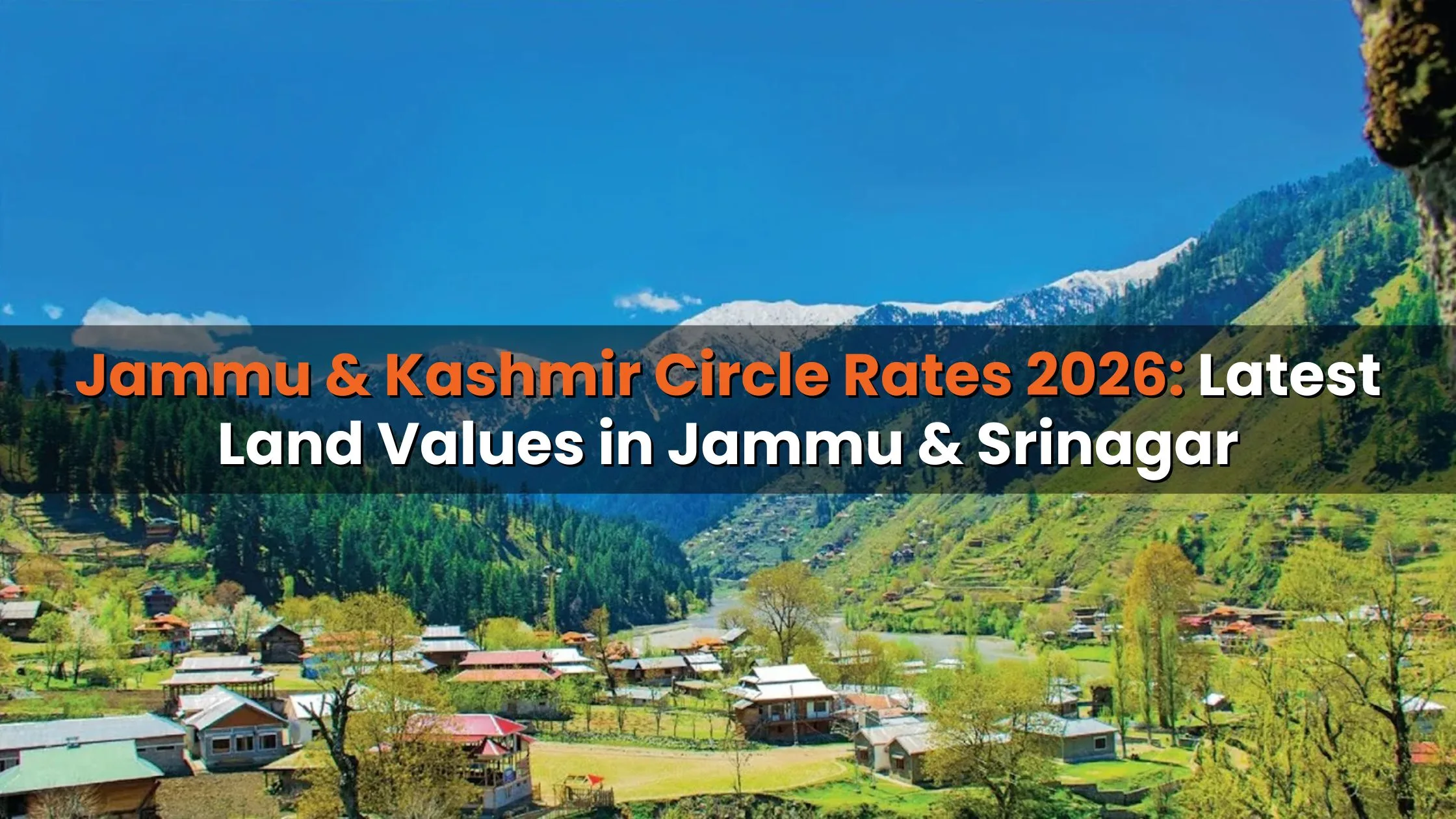Table of Content
- Table of Contents
- 1. What is Redevelopment?
- 2. What is New Construction?
- 3. Redevelopment vs. New Construction: Key Differences
- 4. Advantages and Challenges of Redevelopment
- 5. Advantages and Challenges of New Construction
- 6. Case Studies: Redevelopment and New Construction in Indian Cities
- 7. Environmental Impact Comparison
- 8. Economic Viability
- 9. Social and Cultural Considerations
- 10. Future Trends in Urban Development
- 11. Table: Redevelopment vs. New Construction Comparison
- Conclusion
Urban development is a pressing issue in today's rapidly growing cities. With increasing population density, aging infrastructure, and limited land availability, urban planners and developers face a critical choice: redevelopment or new construction. Both approaches have their merits and challenges, and determining which is better depends on several factors, including economic viability, environmental sustainability, social impact, and long-term urban planning goals.
This article explores the differences between redevelopment and new construction, their advantages and disadvantages, and which approach works better in various urban contexts.
Table of Contents
- What is Redevelopment?
- What is New Construction?
- Redevelopment vs. New Construction: Key Differences
- Advantages and Challenges of Redevelopment
- Advantages and Challenges of New Construction
- Case Studies: Redevelopment and New Construction in Indian Cities
- Environmental Impact Comparison
- Economic Viability
- Social and Cultural Considerations
- Future Trends in Urban Development
- Table: Redevelopment vs. New Construction Comparison
- Conclusion
1. What is Redevelopment?
Redevelopment refers to transforming existing structures or underutilized spaces into improved, modern facilities. It typically involves demolishing old buildings and replacing them with newer ones or upgrading the existing infrastructure.
Examples of Redevelopment Projects:
- Revamping old residential complexes.
- Converting industrial zones into mixed-use developments.
- Restoring heritage sites while maintaining their cultural value.
2. What is New Construction?
New construction involves building entirely new structures on undeveloped or vacant land. It allows for greater design freedom and the use of modern construction techniques without the constraints of existing structures.
Also Read: Top 10 Movers and Packers in India: Your Guide to Hassle-Free Relocation
Examples of New Construction Projects:
- High-rise apartments in newly developed suburbs.
- IT parks or commercial hubs on city outskirts.
- Planned smart cities like Amaravati or Navi Mumbai.
3. Redevelopment vs. New Construction: Key Differences
|
Aspect |
Redevelopment |
New Construction |
|
Location |
Central areas or developed zones. |
Peripheral or greenfield areas. |
|
Cost |
May involve higher costs due to demolition. |
Lower initial costs on vacant land. |
|
Environmental Impact |
Reuses existing resources, less greenfield use. |
Often impacts natural ecosystems. |
|
Social Impact |
Displacement of current residents. |
Requires new community creation. |
|
Timeframe |
Can take longer due to approvals and relocation. |
Faster execution without pre-existing issues. |
4. Advantages and Challenges of Redevelopment
Advantages
- Efficient Land Use:
- Optimizes underutilized or deteriorating spaces.
- Revitalizes central urban areas.
- Preservation of Urban Identity:
- Maintains the historical and cultural essence of a city.
- Infrastructure Upgradation:
- Enhances old infrastructure to meet modern standards.
Challenges
- High Costs:
- Demolition, relocation, and compensation can be expensive.
- Relocation Issues:
- Residents or businesses may resist displacement.
- Time-Consuming Approvals:
- Complex legal and administrative hurdles.
5. Advantages and Challenges of New Construction
Advantages
- Design Flexibility:
- Enables developers to adopt modern designs and technologies.
- Lower Maintenance Costs:
- New buildings are more energy-efficient and durable.
- Economic Growth:
- Creates jobs and attracts investment to developing areas.
Challenges
- Environmental Impact:
- Often leads to deforestation and loss of biodiversity.
- Infrastructure Development:
- Requires new roads, utilities, and services in remote areas.
- Urban Sprawl:
- Expands cities, making public transport and connectivity challenging.
6. Case Studies: Redevelopment and New Construction in Indian Cities
Case Study 1: Mumbai’s Dharavi Redevelopment Project
- Objective: Transform Asia’s largest slum into a modern township.
- Challenges: Resident relocation and maintaining social fabric.
- Outcome: Ongoing, with mixed opinions on its success.
Also Read: What is the difference between renovation and maintenance?
Case Study 2: Navi Mumbai’s Planned Development
- Objective: Develop a new city as an extension of Mumbai.
- Challenges: Connectivity and slow population growth initially.
- Outcome: A thriving commercial and residential hub today.
7. Environmental Impact Comparison
|
Factor |
Redevelopment |
New Construction |
|
Energy Use |
Lower due to reuse of materials. |
Higher due to land clearing and new materials. |
|
Land Use |
Efficient use of existing urban land. |
Often leads to urban sprawl. |
|
Waste Generation |
Demolition waste but less natural disruption. |
Significant waste during land preparation. |
8. Economic Viability
|
Aspect |
Redevelopment |
New Construction |
|
Initial Cost |
High due to demolition and compensation. |
Moderate, depending on land cost. |
|
Long-term ROI |
Higher in central locations. |
Dependent on infrastructure development. |
|
Job Creation |
Boosts jobs in redevelopment and renovation. |
Encourages construction and urban expansion. |
9. Social and Cultural Considerations
- Redevelopment: Preserves existing communities but may face resistance.
- New Construction: Builds new communities but lacks historical or cultural identity.
10. Future Trends in Urban Development
- Smart Redevelopment: Integrating green building technologies.
- Sustainable New Cities: Focus on eco-friendly planned developments.
- Mixed-Use Projects: Combining residential, commercial, and recreational spaces.
11. Table: Redevelopment vs. New Construction Comparison
|
Aspect |
Redevelopment |
New Construction |
|
Sustainability |
Higher due to reuse of materials. |
Moderate, depends on planning. |
|
Urban Growth |
Revitalizes old areas. |
Expands city boundaries. |
|
Cost |
Higher initial investment. |
Moderate, depending on land availability. |
Conclusion
Both redevelopment and new construction play crucial roles in shaping urban landscapes. While redevelopment is ideal for revitalizing central city areas and preserving cultural heritage, new construction is essential for addressing population growth and creating modern infrastructure.
The choice between the two depends on factors such as location, environmental impact, community needs, and financial viability. A balanced approach combining redevelopment and new construction can help cities achieve sustainable and inclusive growth.
Also Read: Smart Home Upgrades: Affordable Ways to Add Technology to Old Buildings












Ans 1. Redevelopment involves transforming existing structures or land into modern facilities, while new construction builds entirely new structures on undeveloped land.
Ans 2. Redevelopment can be costlier due to demolition and relocation costs, but it optimizes land use. New construction is often more affordable initially but depends on land availability and infrastructure development.
Ans 3. Redevelopment is more sustainable as it reuses existing materials and land, while new construction may lead to deforestation and urban sprawl.
Ans 4. Redevelopment is better for revitalizing urban centers, while new construction works well for expanding city boundaries.
Ans 5. Challenges include high costs, resident displacement, and lengthy approval processes.